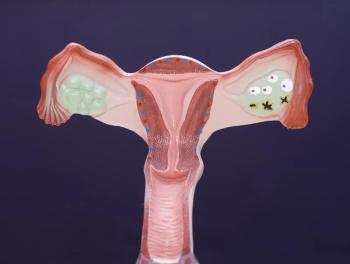
Improving Cervical Cancer Screening Among the LGBT Community
January is National Cervical Cancer Awareness Month, and until now, it has been a challenge for many in the lesbian, gay, bisexual, and transgender (LGBT) community to receive proper screening for various reasons.
The cure rate for cervical cancer is relatively high, but many women are still dying from the disease due to lack of screening and the ramped-up spread of HPV. This statistic may be even higher for women within the LGBT population.
Many LGBT individuals and their families face many barriers when it comes to healthcare and cancer prevention. The disparity and the risk exist for many reasons:
- The ban on same-sex marriage in many states prevents individuals from obtaining health insurance through their partners.
- Workplace discrimination causes people to be terminated and left with no health insurance.
- Some healthcare professionals discriminate on the basis of the patient's sexual orientation.
- Physicians and/or lesbians may not recognize the risk of contracting HPV from female partners.
- STD information is not discussed enough within the LGBT community. Lesbians have higher prevalence of smoking and obesity.
- Poor mental health due to continuing discrimination may deter many of these women from being screened.
Unfortunately, lesbians and bisexual women are 10 times less likely than heterosexual women to be screened for cervical cancer. But with the implementation of the Affordable Care Act (ACA), many women will be able to receive annual Pap smears, along with ongoing education.
The ACA will ensure that these women receive the necessary medical care so that:
- Many LGBT individuals and their families have equal access to coverage.
- Marketplaces use education, outreach, and enrollment strategies that are culturally competent and relevant for the LGBT community.
- Marketplaces collect confidential demographic information about sexual orientation and gender identity and use it to serve the LGBT community better.
Do you find that the LGBT community is underserved when it comes to cancer prevention and screening? What has your facility done to make an impact?
References:
LGBT Community Could Benefit From Affordable Care Act , KUHF-FM, HoustonLGBT Communities and the Affordable Care Act , Center for American ProgressBarriers to Cervical Cancer Screening Among Lesbians , Journal of Women's Health
Newsletter
Stay up to date on recent advances in the multidisciplinary approach to cancer.

















































































